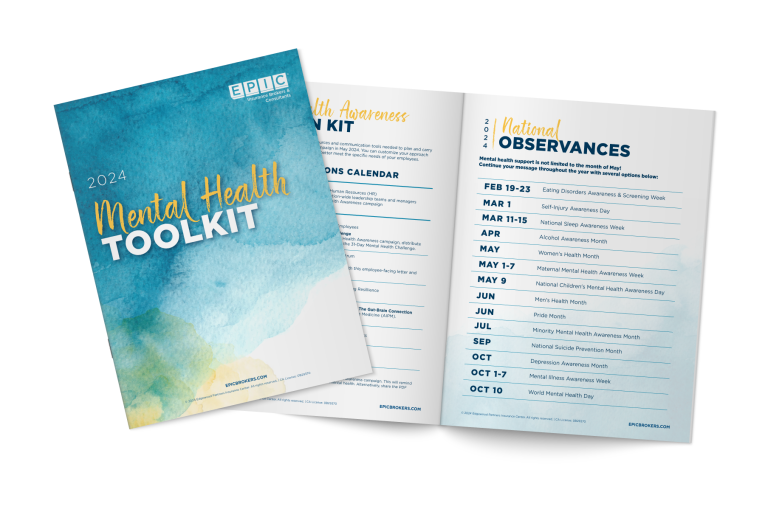The Health Care Cost Institute found in their most recent Health Care Cost and Utilization Report that per capita healthcare spending increased by 4.4% in 2018 over 2017 spending, a slight increase in trend which was 4.2% in the prior year; however, from 2014 to 2018 healthcare costs increased at rates slightly lower than the general rate of inflation. Increases in health spending are impacted by our aging population, but the biggest increase is due to higher prices for drugs and medical services. Notably in the report, healthcare cost trends exclude the impact of manufacturer’s drug rebates and these have a significant impact.
During this period, rebates (based upon information available from the State of Massachusetts plan data) grew from 6.5% of gross pharmacy spend in 2014 to 15.6% in 2018 and those gross drug costs escalated at a faster pace than overall healthcare spending. Factoring in rebates, the report indicates, would reduce the four-year average trend to 3.8% – and I would think this would drive costs for even 2018 below the general inflation rate.
Viewpoints from Craig Hasday
It wasn’t long ago that double-digit trends were the norm for healthcare, and there seemed to be no end in sight. Employers are getting used to lower increases and with the political pressure being exerted on price increases – particularly with respect to prescription drugs – the near-term outlook is that prices will be sustainable for employers. And there are still levers that plan sponsors can pull to further check increases notably, shining a bright light on the black box of pharmacy costs and the movement to self-insurance and bidding on the components of healthcare costs to squeeze margins.
There are, however, areas that continue to heat up the marketplace.
Large claims can spike plan costs dramatically, and by bad luck any employer with loss-sensitive pricing can be hit with an unpredictable and sometimes unmanageable budget breaker. To truly be sustainable, I believe the insurance markets need to find a mechanism to reduce these arbitrary events. The insurance industry gets this. Gene therapy drugs are the next large claim waiting to happen. I wrote recently about specialty pharmacy costs, which include drugs like Zolgensma at $2.1 million; and there’s a new drug for hemophilia which is rumored to have a $3 million price tag. Both Caremark and Express Scripts are approaching gene therapy as a pooled cost spread through their entire roster of members. So instead of the plan being impacted by a rare but impactful $2.1 million expense, all participating plans would pay $.50 per member per month. It makes sense and it may be the secret for the survival of pharmacy benefit managers.
I am closely watching costs increase and recent trends are inching up, but the employer space is less explosive than it had been.
However, the impact on individuals is not under control. The average American is paying too much for healthcare when consideration is given to both out-of-pocket costs and the share of premiums paid through their paycheck. Bankruptcies due to healthcare costs are on the rise and the ranks of the uninsured continue to increase. Restructuring Health Savings Accounts (HSAs) to allow more first-dollar costs would help, as would closing the loopholes that allow individuals to go without coverage and not face financial penalties. Progress is being made, slowly…
Related Content
Products
Employee Benefits Consulting
Our dedicated EPIC benefits team is focused on delivering better outcomes – to both your benefits program ...
Industries
Healthcare
Our healthcare practice is known around the world for its expertise and passion in delivering exceptional ...
Products
Pharmacy Solutions
Our pharmacy experts work with the health and welfare teams to deliver certainty and direction for your ...



